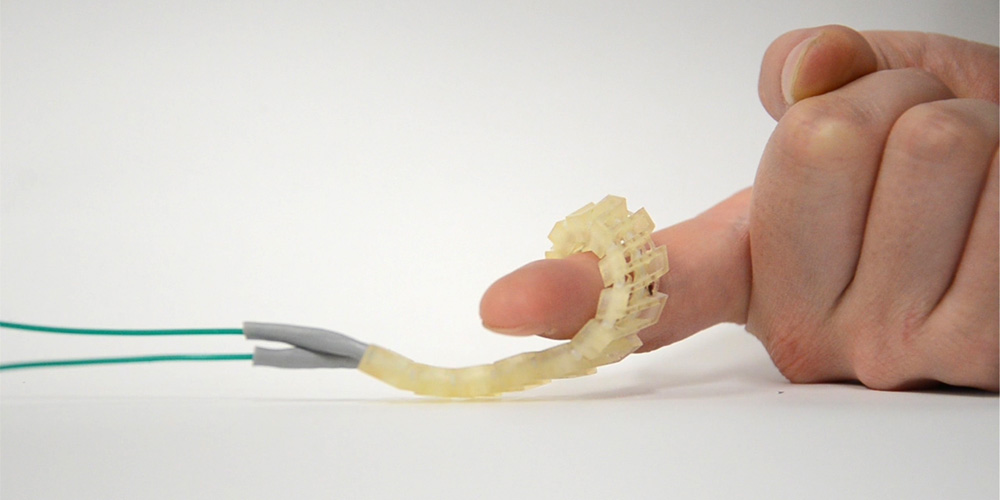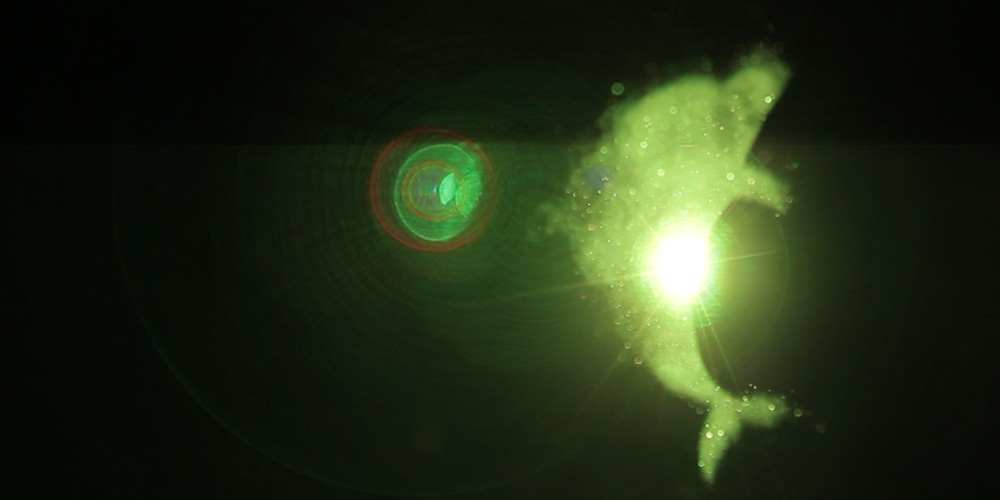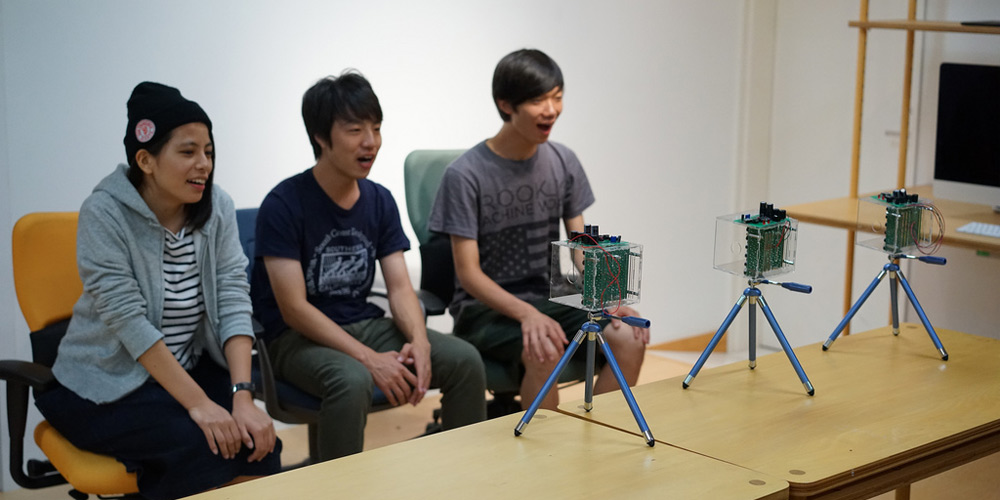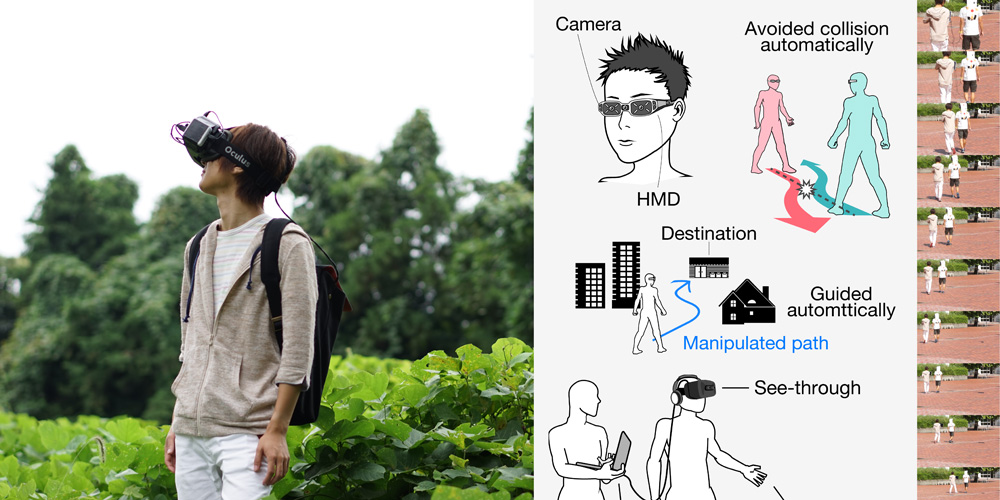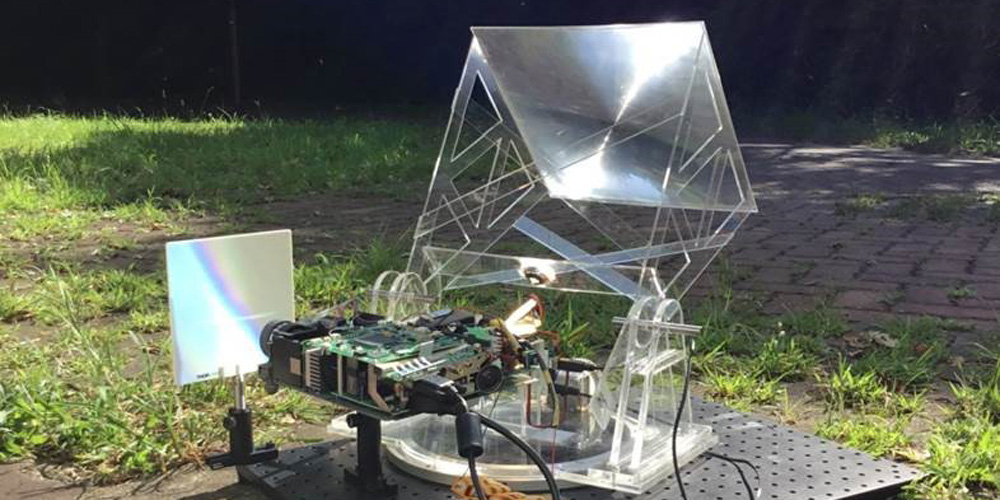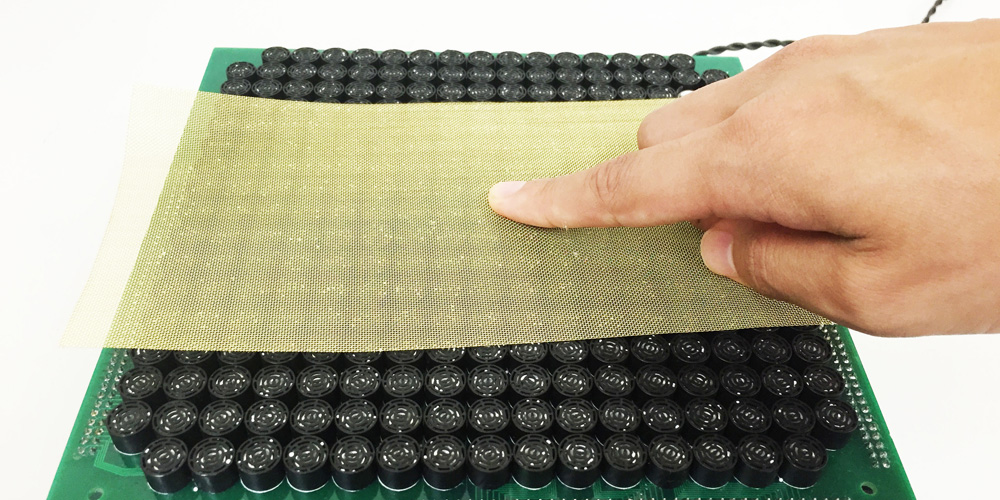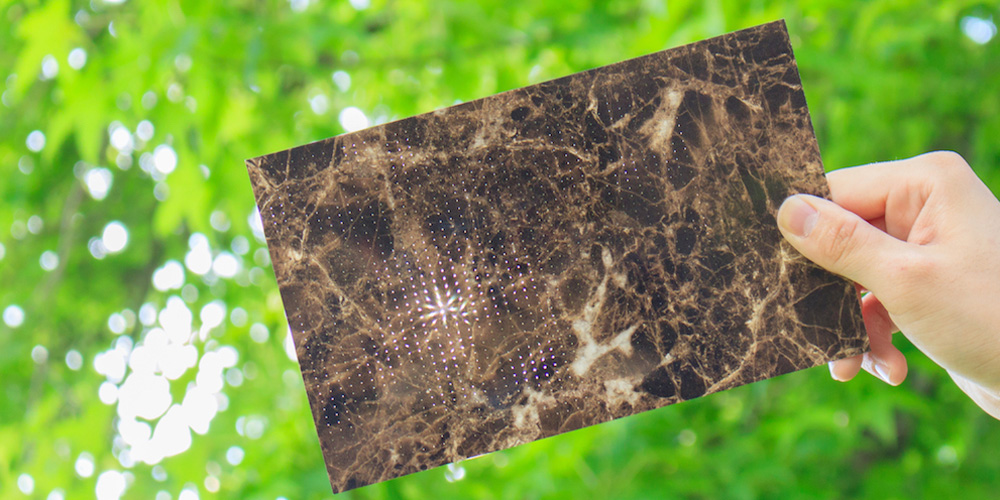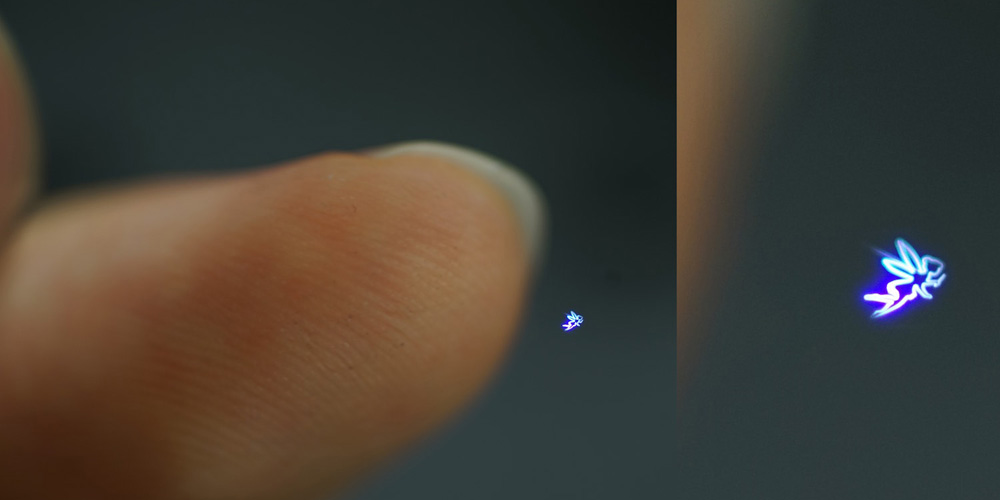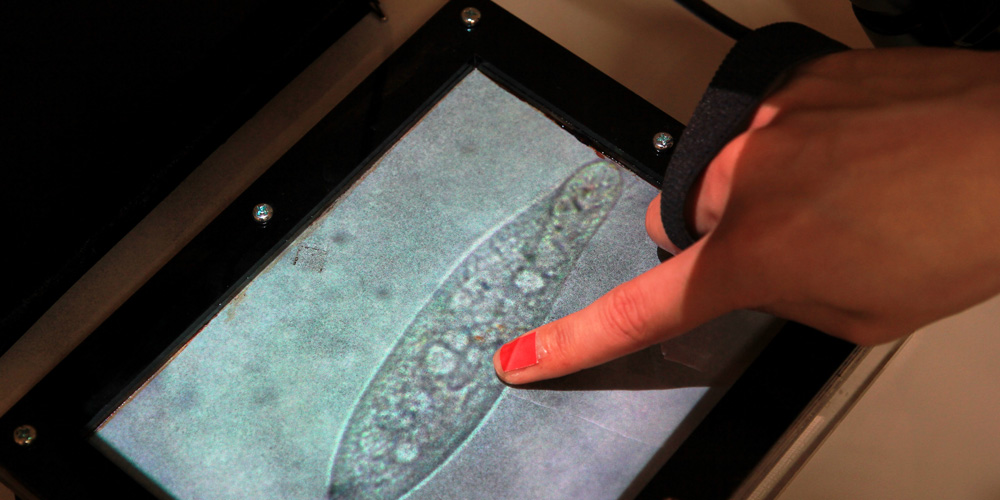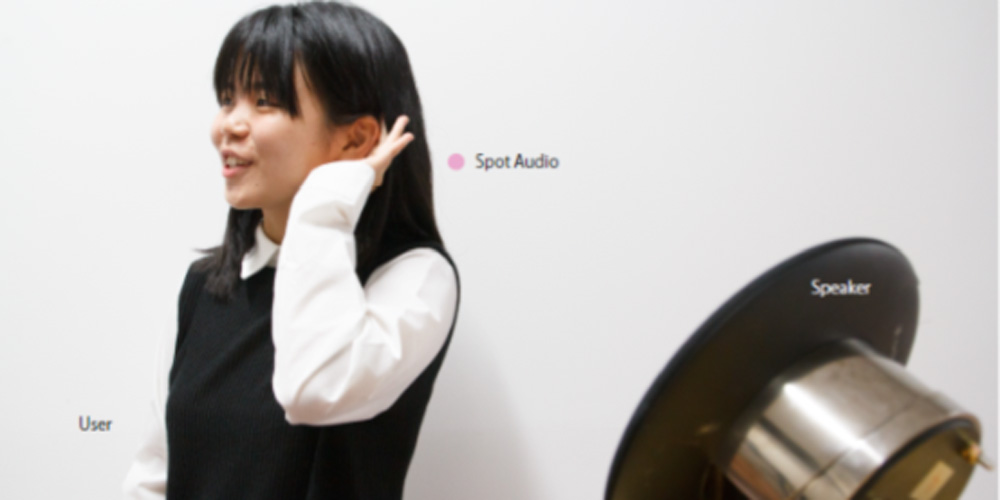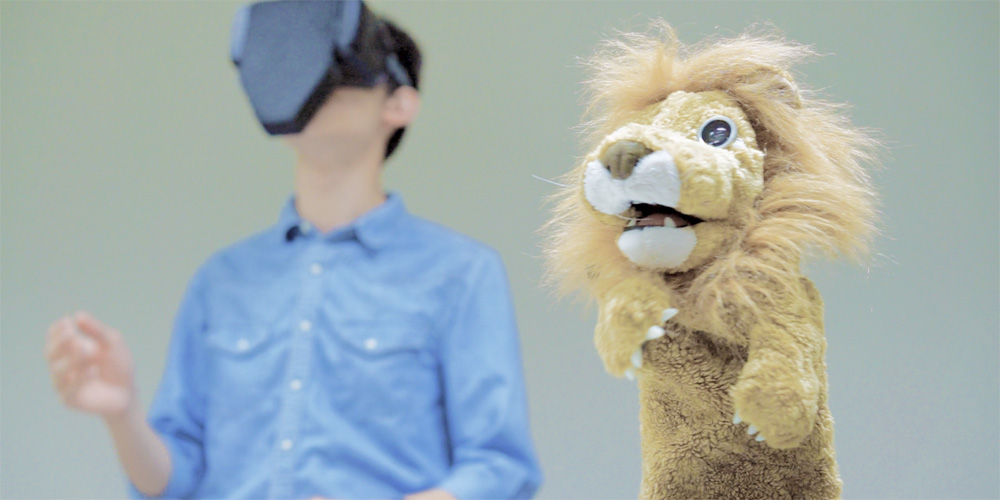
Yoichi Ochiai
Yoichi Ochiai (JP), born in 1987, is a media artist, an assistant professor at the University of Tsukuba and head of its Digital Nature Group. He has a PhD in applied computer science from the University of Tokyo. He is working on new inventions and research through a mixture of applied physics, computer science and art. He has received the Innovative Technologies Prize from METI Japan, the World Technology Award from WTN, and many more.
Digital Nature
To present the vision of a post-pixel multimedia ecosystem after the ubiquitous society, we have conducted the research towards our vision called Digital Nature, an alternative perspective of nature and humanity. We believe the ecosystem in Digital Nature will be described as the interdisciplinary computational projects on multimedia systems, graphics, HCI research, fabrication, robotics, art, architecture, materials science and biology. Here we exhibit mixtures of our artwork and research achievements on the Digital Nature projects.
Digital Nature Group: Yoichi Ochiai, Atushi Shinoda, Mao Morita, Kotaro Ohmomo, Yui Kikuchi, Amy Koike, Kazuki Takazawa, Keita Kanai, Satoshi Hashizume, Akira Ishii, Ayaka Ebisu, Daitetsu Sato, Hiroyuki Osone, Ippei Suzuki, Kazuki Oshima, Kazuyoshi Kubokawa, Keisuke Kawahara, Kenta Suzuki, Miyu Iwafune, Mose Sakashita, Nobutaka Ito, Riku Iwasaki, Shinji Sakamoto, Shuntarou Yoshimitsu, Takatoshi Yoshida, Tetsuya Minagawa, Yuki Kubo, Yuzu Saijo
Coded Skeleton
We propose a novel design method to fabricate user interfaces with a mechanical metamaterial called Coded Skeleton. The Coded Skeleton is combination of shape memory alloys (SMA) and 3D-printed bodies, and it has a computationally designed structure that is flexible in one deformation mode but is stiff in the other modes. This property helps to realize materials that are automatically deformed by a small, lightweight actuator such as an SMA. Also the Coded Skeleton enables to sense user inputs with the resistance value of SMA.
Authors: Miyu Iwafune, Taisuke Ooshima, Yoichi Ochiai
Gushed Light Field
Design Method for an Aerosol-Based Fog Display
We present a new method to render aerial images by aerosol-based fog screens. Conventional fog screens are easily affected by the air flow and their generator occupy large areas. In this work, we propose to add new tradeoffs between limited display time and payloads. We employ aerosol distribution from off-the-shelf spray as a fog screen that can resist the wind, and has high portability. This work will contribute to the exploration of new application areas for fog displays and expand expressions of entertainments and interactivity.
Authors: Ippei Suzuki, Shuntarou Yoshimitsu, Keisuke Kawahara, Nobutaka Ito, Atsushi Shinoda, Akira Ishii, Takatoshi Yoshida, Yoichi Ochiai
Affiliation: University of Tsukuba, Waseda University, The University of Tokyo
Optical Marionette
We present a novel method of manipulating people’s walking direction by visual processing on head-mounted displays. Existing navigation systems require their users to recognize information and then to follow directions as two separate, conscious processes. This paper proposes a novel method that enables pedestrians to be guided without paying attention to the information provided by a navigation system.
This system enables users to be graphically manipulated by controllers. Users perceive the real world by means of dual images provided by a stereo camera and a stereo head-mounted display. In detail, when they walk, the navigation system provides users with real-time feedback to their sight by processing the images they have just perceived. The system gives visual cues to users and thus controls their walking direction. This study examined three methods of image processing, namely, a see-through image without processing, a moving stripe pattern method, and a changing focal region method. Based on the result, the changing focal region method worked most effectively in guiding pedestrians, changing their walking path by about 200 mm/m on average.
Author: Akira Ishii, Ippei Suzuki, Shinji Sakamoto, Keita Kanai, Kazuki Takazawa, Hiraku Doi, Yoichi Ochiai
Affiliation: University of Tsukuba
Solar Projector
This is a new projector that utilizes solar energy directly. The Solar Projector can produce visible displays even in bright conditions, without having to use an electric power source. It uses a fresnel lens and components of a digital light processing (DLP) projector. The element of the Solar Projector responsible for collecting focused solar energy replaces the lamp. The Solar Projector has wide range of applications
other than projection display. There are two major examples. The first scenario is lines on a court for various sports. If tape is used to mark the court, the field will be permanently designated for a specific sport. However, by using solar projection technology, a field can have different lines projected at different times, allowing different sports to be played on the same field. The second example is growth of vegetation in specific shapes. Solar projection can determine which vegetation receives more sunlight, which causes faster growth. It means the projector makes it possible to draw with grass.
Authors: Kotaro Omomo, Atsushi Shinoda, Daitetsu Sato, Yoichi Ochiai
Thermal Tactile Display
Study of tactile presentation often focuses on vibrotactile stimuli, but the thermal tactile sensation is also an important factor. In conventional research, hot and cold sensations has been using a Peltier device and hot and cold water. In this study, we propose a display to present the warmth by utilizing the heat generated by the thermo-acoustic phenomenon that occurs when propagating focused ultrasound in a narrow space. A metal plate with spaced out fine holes is used as a display, with heat generated in it by irradiating with an ultrasonic wave. In this study, we investigated the impact on the human temperature perceived by this display.
Authors: Mao Morita, Yoichi Ochiai
Leaked Light Field
We propose a method to convert a non-conductive material into a display that turns light into space. We can use not only glass but any material to display the information. We drill a small hole of about 100 μ in any plate-like material. A computer calculates the leakage of the ray from the backlight. This provides a stereoscopic display, which can be leather, wood, stone or a reflective surface. We believe our method has the potential to expand the design.
Authors: Kazuki Takazawa, Kenta Suzuki, Yoichi Ochiai
Projects on the Materialization of Holography
We present a method of rendering aerial and volumetric graphics using femtosecond lasers. A high-intensity laser excites physical matter to emit light at an arbitrary 3D position. Popular applications can then be explored especially since plasma induced by a femtosecond laser is safer than that generated by a nanosecond laser. There are two methods of rendering graphics with a femtosecond laser in air: producing holograms using spatial light modulation technology, and scanning a laser beam using a galvano mirror. The holograms and workspace of the system proposed here occupy a volume of up to one cubic centimeter; however, this size is scalable depending on the optical devices and their setup.
Author: Yoichi Ochiai
Cross-Field Haptics
We present a new method of rendering haptic textures using electrostatic fields and magnetic fields. In conventional research, a single physical quantity is used to render haptic textures. In contrast, our method combines multiple fields (electrostatic and magnetic) simultaneously. While these fields do not directly interfere, combining them provides benefits such as multi-resolution haptic images and synergistic effects on haptic perception. We investigated the increase in the variation of texture by comparing the individual field methods.
Authors: Satoshi Hashizume, Kazuki Takazawa, Amy Koike, Yoichi Ochiai
Transformed Human-Presence System for Puppet Play
We propose a system that transmits a performer’s body and facial movements to a puppet and provides visual and audible feedback to the performer. The system consists of a head-mounted display to show the performer videos from cameras in a puppet, a microphone to capture voices and photo-reflectors to detect mouth movements. This puppetry system allows performers to manipulate puppets without practicing, since they are manipulated in accordance with the movements of the performer’s body and face. In addition, the system gives performers a new experience and gives more lifelike characteristics to the puppet.
Authors: Mose Sakashita, Keisuke Kawahara, Yoichi Ochiai
Holographic Whisper
Individual auditory feedback is one of the essentials to consider the sound experience towards Digital Nature. We propose a novel method of three-dimensional spatial audio rendering by expanding the ultrasonic phased-array technique. We employ an ultrasonic phased array as a holographic acoustic generator to focus ultrasound on arbitrary three-dimensional points. The sound pressure at the ultrasonic focal points is high enough to radiate audible sound, based on the self-demodulation effect in air. Consequently, the ultrasonic focal points act as audible sound sources. This sound-point method enables us to control aerial audio broadcasts more flexibly and more precisely compared to conventional superdirectional (sound-beam) loudspeakers. This method can generate and disappear the sound sources freely in air. These point-sound sources can deliver private messages or music to individuals.
Authors: Yoichi Ochiai, Takayuki Hoshi

